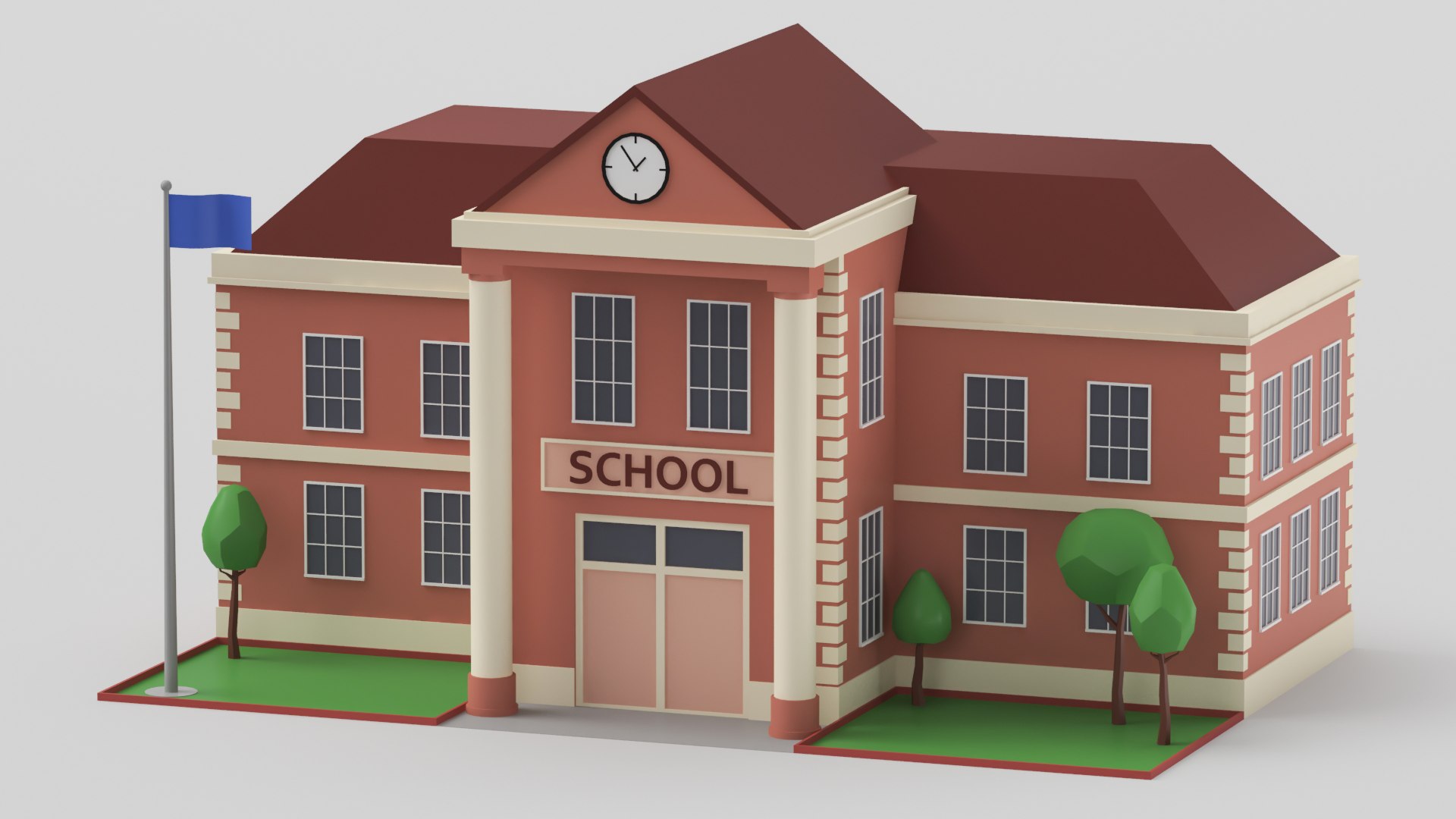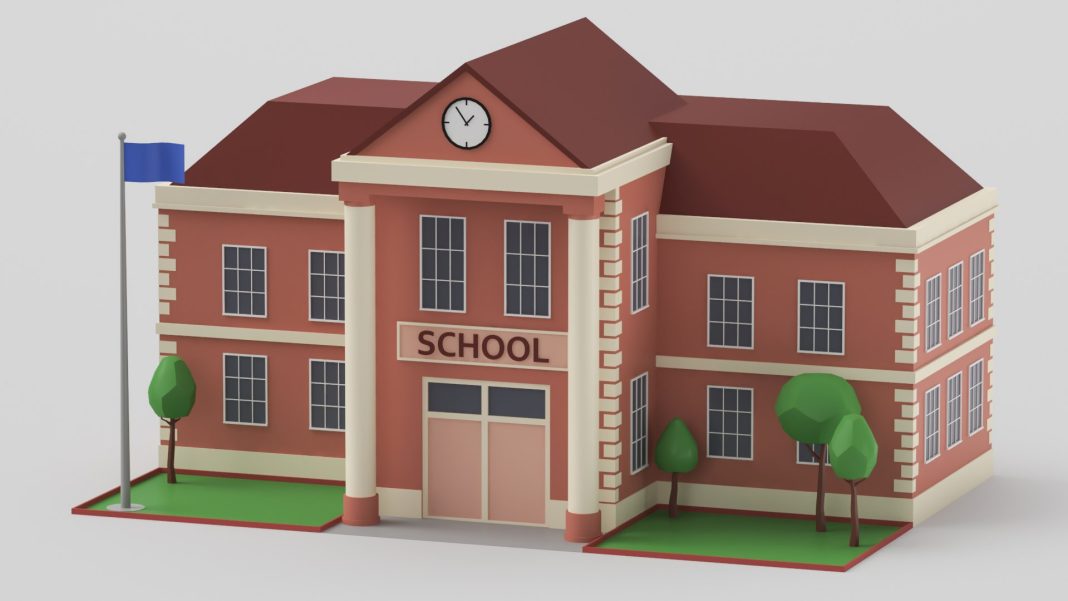 The future of school funding in the UK is a pressing concern for policymakers as the country heads into a general election. According to a report by the Institute for Fiscal Studies (IFS), the winning party will face difficult choices due to immediate spending pressures, such as repairs to school buildings and the rising cost of special education needs provision. The IFS estimates that school costs will grow by 4 percent in 2024, outpacing economy-wide inflation of 1 percent. This growth is primarily driven by increases in staff pay and rising food and energy costs.
The future of school funding in the UK is a pressing concern for policymakers as the country heads into a general election. According to a report by the Institute for Fiscal Studies (IFS), the winning party will face difficult choices due to immediate spending pressures, such as repairs to school buildings and the rising cost of special education needs provision. The IFS estimates that school costs will grow by 4 percent in 2024, outpacing economy-wide inflation of 1 percent. This growth is primarily driven by increases in staff pay and rising food and energy costs.
One of the most significant challenges highlighted in the report is the “spiralling cost” of special educational needs provision. The number of pupils assessed as having the highest levels of special educational needs has increased by 60 percent since 2015. This increase is mainly due to a rise in children with emotional and mental health needs, speech and language needs, and autistic spectrum disorders. The report emphasizes that this has put immense pressure on school spending, with nearly half of the £7.6 billion increase in school spending since 2015 being allocated to high-needs budgets.
Another area of concern is the growing backlog of repairs needed for school buildings. The report points out that capital spending on school buildings is historically low and insufficient to meet the current needs. In fact, spending on school buildings is about 25% lower than in the mid-2000s and 40% below what the government believes is necessary for schools to be in good repair.
Furthermore, the report reveals that there has been no real-terms growth in school spending per pupil in England for the past 14 years. This is described as “historically unusual” by the IFS. The analysis by independent economists shows that there were three distinct periods of per pupil spending since the 1970s. Under Conservative governments from 1979 to 1997, there was modest growth in spending. During Labour’s time in power from 1999 to 2010, there was a rapid growth in spending, particularly in primary schools. However, since 2010, there has been a funding squeeze, resulting in a real-terms cut in spending per pupil.
The report predicts a 5 percent fall in pupil numbers, which could potentially generate savings of £3.5 billion by 2028. However, the IFS warns that cutting school spending in response to falling pupil numbers may not be a straightforward solution. It could require workforce reductions and even school closures, making it a challenging decision for any incoming government.
In response to the report, the National Association of Head Teachers (NAHT) has called on the next government to prioritize investment in schools. The NAHT emphasizes that using falling pupil numbers as a reason for further spending cuts would be short-sighted. Instead, they urge all political parties to restore education as a national priority and invest more in tackling the crises facing schools.
As the general election approaches, it is clear that school funding will be a significant issue for voters to consider. The IFS report sheds light on the challenges ahead and highlights the need for long-term solutions to ensure that schools have adequate resources to provide the best possible learning environment for all children.


